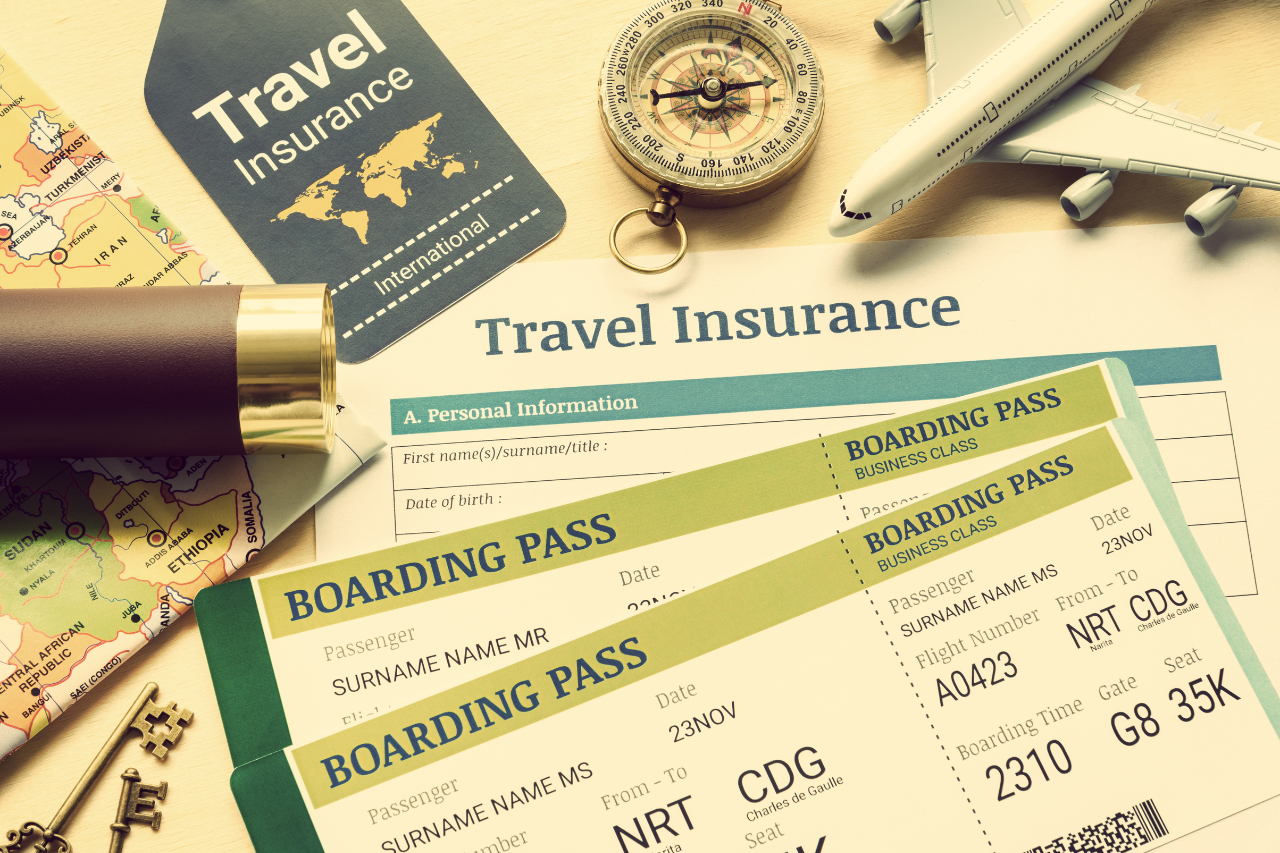1. What is Insurance?
Insurance is a risk management tool that offers peace of mind by protecting you from financial loss. In return for paying a premium, an insurer agrees to cover certain types of losses or events—such as accidents, illness, damage to your property, or even income replacement.
2. Types of Insurance Common in Australia
- Home & Contents Insurance
- Protects your house (and belongings inside) against fire, storms, theft or accidental damage.
- Protects your house (and belongings inside) against fire, storms, theft or accidental damage.
- Car & Vehicle Insu rance
- Includes comprehensive cover (for your own vehicle and third-party liability), or third-party-only options, which are more affordable but limited.
- Includes comprehensive cover (for your own vehicle and third-party liability), or third-party-only options, which are more affordable but limited.
- Life Insurance
- Provides a lump sum to your loved ones if you pass away, helping them stay financially secure.
- Provides a lump sum to your loved ones if you pass away, helping them stay financially secure.
- Income Protection Insurance
- Replaces up to 75% of your income if you’re unable to work due to illness or injury.
- Replaces up to 75% of your income if you’re unable to work due to illness or injury.
- Health Insurance
- Covers medical costs not fully paid for by Medicare, including dental, physio, or private hospital stays.
3. Why Do You Need Insu rance?

- Financial Protection
- Helps you recover from unexpected events without depleting your savings.
- Helps you recover from unexpected events without depleting your savings.
- Peace of Mind
- Knowing you’re covered if something goes wrong can reduce stress.
- Knowing you’re covered if something goes wrong can reduce stress.
- Liability Coverage
- If someone is injured at your house or in your car, certain insurances cover legal fees or compensation payments.
- If someone is injured at your house or in your car, certain insurances cover legal fees or compensation payments.
- Mortgage and Loan Requirements
- Many lenders require you to have home (and sometimes life or income protection) insurance as part of your loan conditions.
- Many lenders require you to have home (and sometimes life or income protection) insurance as part of your loan conditions.
4. How Insurance Premiums Are Calculated
Your premium depends on factors like:
- Your Age & Health (for life, income protection, health insurance).
- Location (flood or bushfire risk zones for home insu rance).
- Vehicle Make & Usage (for car insu rance; how often and far you drive).
- Claims History (previous claims can increase premium costs).
- Policy Excess (higher excess = lower premium, but you pay more if you make a claim).
5. Tips for Choosing the Right Policy
- Compare Quotes: Use comparison sites or talk to insurance brokers to find the best deal.
- Read Policy Documents: Check the inclusions and exclusions carefully. Claim denials often happen due to misunderstandings.
- Match Cover to Your Needs: Avoid unnecessary add-ons—only pay for what you actually need.
- Understand the Claim Excess: Choose an excess you can comfortably afford in case you need to put in a claim.
- Declare Everything Accurately: Not disclosing important details (like modifications to your car) may void your policy.
6. Risks of Being Underinsured
- Insufficient Payouts: Your insurer might only cover a portion of your loss. For example, rebuilding your home after a bushfire could cost more than expected.
- Policy Lapses: Missed payments mean you’ll lose cover—keeping up with premiums is essential.
- Overstated Value: An inflated home contents sum insured may lead to higher premiums unnecessarily.
7. Making a Claim – The Process
- Notify Your Insurer Quickly: Most insurers require prompt reporting.
- Provide Precise Details: Include policy number, incident info, photos, police or repair reports.
- Cooperate Fully: Answer all insurer questions honestly and promptly.
- Know Your Rights: You can lodge a dispute with the insurer or reach out to the Australian Financial Complaints Authority (AFCA) if you’re unhappy with the outcome.
8. Final Words
Insurance isn’t just an optional expense—it’s essential protection for your lifestyle, assets and dependants. Whether you’re buying your first home, driving around the suburbs, or planning for retirement, the right cover can save you from major financial setbacks down the track.





